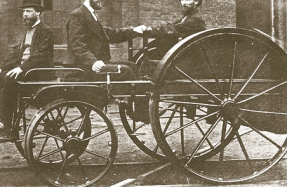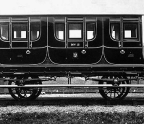ENTWISTLE A LOCAL OUTPOST

Those many of us who bewail the loss of goods traffic in any local sense on railways of the UK will recall former centres of enormous area packed with traffic, track and activity, that have been reduced to no more than plain line, double track at best and a forest of silver birches: Pontypool Road, Normanton and Healey Mills to name but three. On a far smaller scale, but for similar reasons, I thought a look at the decline of a route into the moors from my home town, and one rather special spot on the line in particular, would be worthwhile.
The Bolton to Blackburn line was difficult to build, expensive and a tough railway to operate for goods trains, but no other feasible route between these major towns existed. It opened from the north end to Sough on 3rd August 1847. On the same day on the unopened section part of the 73-arch Tonge Viaduct at Bolton collapsed, but the completed route opened nine months later. A hundred years after that, long after the temporary stations and temporary names had settled down, the seven stations northwards after Bolton were The Oaks, Bromley Cross, Turton & Edgworth, Entwistle, Spring Vale, Darwen and Lower Darwen. Goods sidings existed at King William IV (north of Bromley Cross), Walton’s (the line’s summit) and in the Darwen district. Lower Darwen motive power depot replaced the one at Blackburn in 1881. The line in maturity was double track north to Entwistle, then quadruple for 0.90 mile to the summit. The ascent to this point (737 feet), nearly all at gradients of between 1 in 69 and 75, culminated in a sharp drop into the 2,015 yards Sough Tunnel and was close to seven miles in both directions. Major changes since construction and doubling the line were the addition of loop lines at The Oaks and the consequent shifting of
You’re reading a preview, subscribe to read more.
Start your free 30 days



